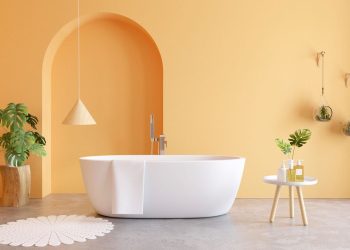Whether you’re embarking on a home renovation or you’re home hunting, you want to be sure your new home has the ideal layout for your lifestyle. If the layout doesn’t accommodate your lifestyle, you may be faced with a significant project in the future.
Some layout factors to consider are how often you cook, entertain, whether you prefer indoor or outdoor living, and who will be in your household in the foreseeable future. While every homebuyer has different requirements, several types of layouts are considered less than ideal. Read on for the most common house layout mistakes.
Not consulting codes and regulations
While the professionals you hire to implement your renovation visions will be responsible for ensuring your project adheres to your state’s and village’s codes and regulations, it’s wise to brush up on these regulations, as well. Having a basic knowledge of what you can and can’t do during a renovation project will help you understand any potential roadblocks during your project.
Too open of a floor plan
During the height of the open-concept trend, many homeowners removed walls during home renovations. However, as lifestyles changed in recent years, many homeowners reverted back to preferring homes with more individual rooms and privacy. While a fully open floor plan can be a visually appealing atmosphere, it’s essential to consider how you live and entertain to determine if the openness aligns with your lifestyle.
Not defining spaces
In an open-concept layout, defining the space is important to prevent the house from feeling like a giant room. While this definition can be accomplished with furniture and other decor, incorporating architectural elements makes the most impact. Elements such as casing, pillars, pocket doors, and other features can be incorporated during the construction phase.
Not factoring in natural light
During renovations, you can move around windows and doors to maximize the natural lighting in a home. As you design a space, or when you’re looking at homes, consider the direction the rooms face and if they have an adequate number of windows and doors to maximize the natural light that will shine through.
Minimal outlets
Many older homes don’t have enough outlets, or the outlets aren’t ideally placed. If you’re renovating a house and can add more outlets, consider where you’ll lay out the furniture. For example, factors to consider are lamps in the corners or on console tables or hidden outlets in drawers to charge small electronics.
Not following best practices
Many design and building best practices aren’t required but help to create a cohesive and easy-to-navigate space. Rely on the expertise of the professionals designing your home, and trust their guidance. For example, if you want an enormous kitchen island for gathering, plan for ample walkway space to maneuver around the kitchen. The same applies to the placement and sizing of light fixtures, such as how a fixture hangs above a table or island.











